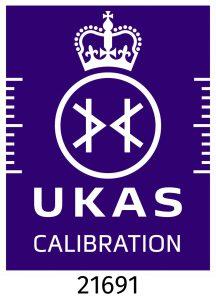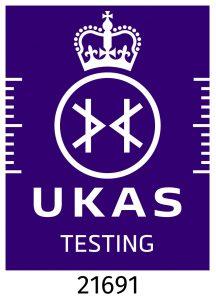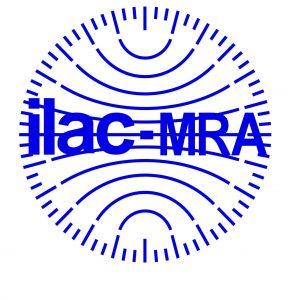Munro Instruments manufactures specialist scientific equipment and instrumentation. Founded in 1864 the company is recognised worldwide for its innovative spirit and exceptional versatility.
We currently operate across three core product lines:
- Meteorology - Professional-grade equipment to monitor the wind, rainfall, temperature and humidity.
- Air Quality - Portable Air Samplers for workplace air quality assessments
- Slip & Skid Resistance - Pendulum Testers to evaluate the slip/skid risk of pedestrian surfaces and roads.
We supply to organisations worldwide, including meteorological offices, airports, defence ministries, power stations and offshore rigs. Our Pendulum Tester is used by many of the world's leading tile and flooring manufacturers, tyre companies, highway authorities, forensic engineers and health-and-safety consultants.
To this day Munro Instruments remains a bastion of high-quality British manufacturing. Our history is strongly rooted in the London and Essex area, having occupied various premises in Lambeth, Clerkenwell, Kings Cross, Tottenham, Bounds Green, Barking and Redbridge. Our factory and offices are currently located in Harlow.
In 2019 Munro Instruments became part of the MRC group of companies. We now offer an extensive range of laboratory Equipment. Visit our dedicated laboratory website for more information.
We have also joined forces with Grip Potential, a leading slip risk consultancy. Visit the Grip Potential website for information on the range of services on offer.



Across three centuries, Munro Instruments has been a leading light in the field of meteorological and environmental monitoring. We are proud to be continuing this important work started by Robert William Munro in 1864.
Company History
We are enormously proud of our history. Founded by R.W. Munro in 1864, the company quickly established itself as a world leader in precision instrumentation. Below are some key events in the company's history:
- Following the Tay Rail Bridge Disaster in 1879, a public enquiry found there was a lack of understanding of wind speed and how to measure it. In response, W.H. Dines was called upon to find a solution to the problem. He invented the Dines Pressure Tube Anemometer, of which R.W. Munro became the sole manufacturer.
- In 1880 the Bank of England commissioned R.W. Munro to devise a more efficient printing machine capable of producing and numbering bank notes at a rate of 3000 per hour. These were later used by the Post Office too.
- In 1890 mining engineer and geologist John Milne approached R.W. Munro to contemplate the design and production of a ultra-sensitive portable seismograph. This project was completed over a ten-year period and became a huge success. The Portable Seismograph was sold worldwide and could be found in places as far flung as Brazil, Australia and St Vincent in the Caribbean.
- R.W. Munro played a crucial role in the completion of Henry Babbage’s Analytical Engine Mill in 1906. This represented an important step towards the invention of the modern computer in later years.
- In 1906 a Dines Pressure Tube Anemometer manufactured by R.W. Munro was lent to Captain Scott for use on his expedition to the Antarctic. Although the voyage was unsuccessful, the instrument was eventually recovered and is now on display at a museum
- R.W. Munro’s connection to computing was renewed in 1956 when IBM asked the company to reconstruct a copy of Babbage’s Analytical Engine Mill.
A number of these early instruments now reside in the Science Museum in London.